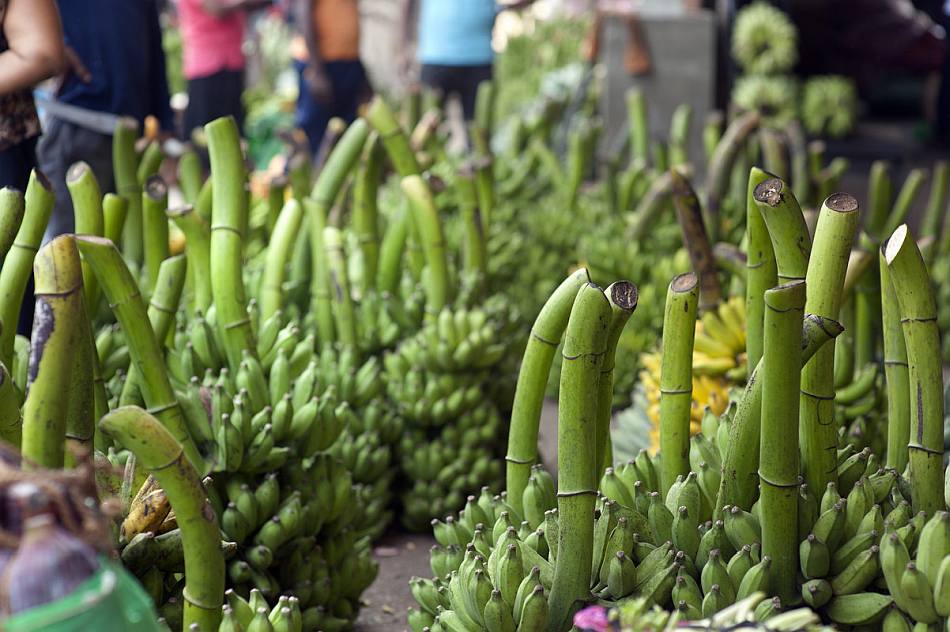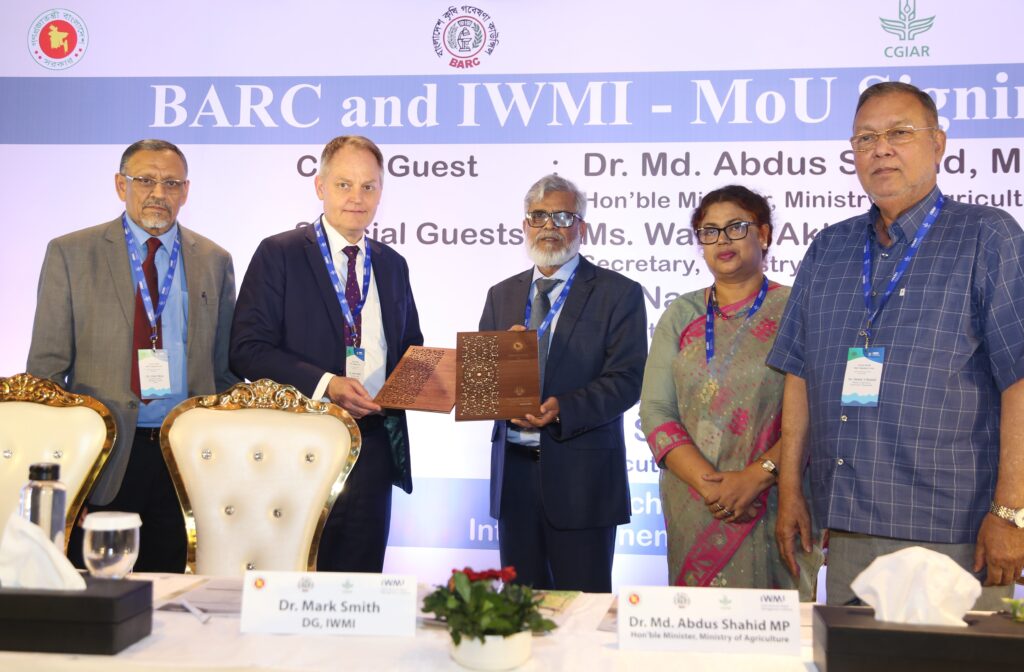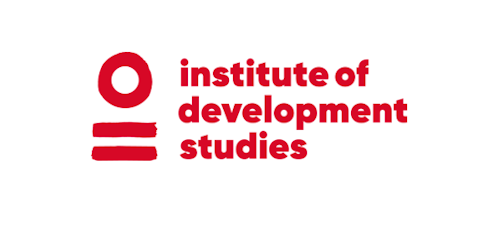By Paul Pavelic, Senior Researcher – Hydrogeology, IWMI
Research conducted by the International Water Management Institute (IWMI) and the National Agriculture and Forestry Research Institute (NAFRI), has resulted in the Lao PDR government changing its laws around pesticide use.

Banana farming in northern Lao PDR has been contaminating soil and water resources, the study found. Research by NAFRI showed that the rapid expansion of the banana industry across the region was having a potentially detrimental impact on human health and the environment.
As a result of their research, NAFRI engaged IWMI to undertake a scientific assessment to quantify pollution levels and make recommendations to steer the Government of Lao PDR towards more sustainable production methods. The study should drive further green policies around commercial banana production in Lao PDR and elsewhere.
Intensive farming
The findings from NAFRI’s policy study revealed how the commercial banana sector in Lao PDR had almost doubled from 13,600 hectares (ha) in 2009 to 28,600 ha in 2015, with the growth primarily driven by investment from Chinese companies growing Cavendish (Musa acuminata) bananas for local and global markets. The Cavendish variety accounts for 47% of bananas grown worldwide. 93 percent are destined for export. However, intensive agrochemical use is often required to control weeds on plantations and fungal diseases such as Fusarium wilt. “At the time we began the scientific study there were anecdotal reports in the media of fish deaths in rivers, and of agricultural workers being hospitalized and even dying,” says Paul Pavelic, Senior Researcher at IWMI, who worked on the study with partners at NAFRI and the National University of Laos (NUOL). “We wanted to find out if these stories had a factual basis, so we designed a study to compare the impacts of agrochemical use from banana production with that of other major crops grown in the region.”
How did they conduct the research?
To conduct the research, the team headed to three of the most prominent banana-producing provinces in northern Lao PDR: Luang Namtha, Phongsaly and Oudomxay. By conducting interviews with farmers, banana company staff and government officials, they gained insights into land, water and agrochemical management practices, and learned that existing maize, paddy rice and sugarcane crops were commonly being replaced by banana crops. The researchers took environmental samples from a site in Oudomxay, which supported banana plantations of different ages, as well as several other commercial crops. The scientists returned on two later occasions to collect samples of surface water, soil, sediment and groundwater. The samples were analyzed in-country at NUOL, and at a commercial laboratory in Vietnam, to quantify concentrations of 40 pesticides and their breakdown residues across wet and dry seasons. The findings revealed that samples taken from banana farms contained higher concentrations of residues from pesticides in current use than those gathered from farms producing maize, rubber, upland rice and gourd. Residues were also detected from highly persistent organochloride pesticides, including DDT, heptachlor, dieldrin and lindane, which are no longer in use in Lao PDR.
The potential risk from these chemicals was found to be substantial. Concentrations of the pesticides imidacloprid (a neonicotinoid) and paraquat (which is banned in Lao PDR but still widely used there) exceeded World Health Organization (WHO) environmental water quality guidelines in wet season stream samples taken from one banana farm. And three organochloride pesticides – heptachlor, aldrin and dieldrin – exceeded WHO drinking water quality guidelines in some dry season surface water and groundwater samples. Not only are these chemicals highly persistent, they tend to bioaccumulate, which means they pose a serious risk to people drinking water contaminated with them.
What impact did the research have?
The impact of the research undertaken by IWMI and NAFRI resulted in the Government of Lao PDR instituting a decree that called for banana farming to be ‘green’. This demanded that: pesticides should be labeled in the Lao language, with photos illustrating hazard level and directions for use; that pesticides classified by the Ministry of Agriculture and Forestry as ‘extremely hazardous’ and ‘highly hazardous’ should not be used without special authorization; and that children under 15 and pregnant women should not be involved in applying pesticides at all. It called for farmers to employ integrated pest management for natural pest control and adopt good agricultural practices, such as maintaining vegetated buffers between fields and waterways, to minimize the off-site transport of pesticides.
The new report, Environmental Risks from Pesticide Use: the Case of Commercial Banana Farming in Northern Lao PDR, makes additional recommendations aimed at helping authorities limit contamination from pesticides to acceptable levels based on the known risks to environmental and human health. These are: to increase efforts towards eliminating the import and use of the most hazardous and persistent pesticides, such as paraquat; targeted education programs for banana farm company managers and workers, to teach of the hazards of pesticide use as well as best farming practices; identifying water resources with high risk of contamination, especially those used for drinking water; and mandating the use of vegetated buffers and sediment traps around farms to detain farm run-off long enough for pesticides in current use to degrade to safe levels before entering watercourses.
“The problem of high pesticide use for commercial banana farming in Lao PDR is likely also an issue for other countries in the Mekong region” says Pavelic. “By publishing the findings of our study, we hope that authorities elsewhere can also be guided to minimize contamination from agricultural chemicals and to adopt less harmful, sustainable practices”.
















